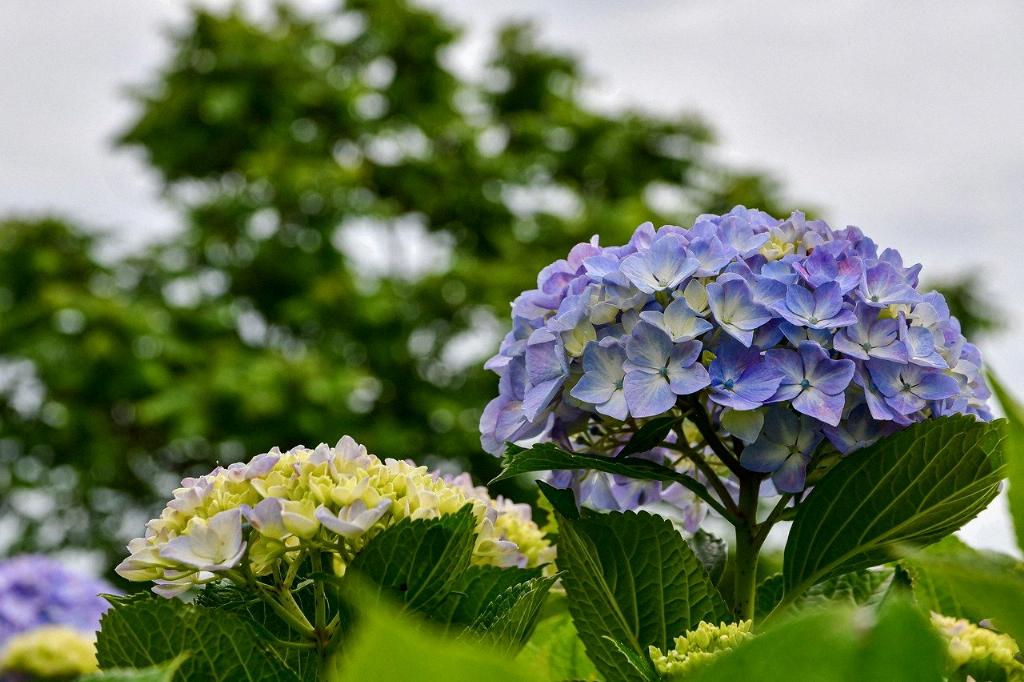Have you ever wondered what gives hydrangeas their beautiful colors? Well, the answer lies not just in the plant itself, but in the very soil they grow in. It may surprise you to learn that the pH level of the soil plays a crucial role in determining the color of hydrangea flowers.
It turns out that hydrangeas have a unique ability to change their bloom color based on the acidity or alkalinity of the soil they are planted in. This color-changing magic is all thanks to a compound called anthocyanin, which is responsible for the blue, purple, and pink hues that hydrangeas display.
So, how exactly does soil pH influence hydrangea color? Well, if the soil is more acidic, with a lower pH level, the hydrangea blooms tend to lean towards blue shades. On the other hand, if the soil is more alkaline, with a higher pH level, the flowers are more likely to be pink or even red in color.
But wait, there’s another fascinating element at play here. The presence of aluminum in the soil also plays a significant role in determining hydrangea color. If the plant is absorbing aluminum from the soil, the flowers tend to become pink, while if aluminum uptake is inhibited, the blooms turn a striking shade of blue.
Interestingly, the availability of aluminum to hydrangeas is closely linked to the pH level of the soil. In acidic soils, aluminum becomes more accessible to the plants, leading to pink blooms, while in alkaline soils, aluminum is less available, resulting in blue flowers.
It’s worth noting that while most hydrangea varieties exhibit this color-changing trait based on soil pH and aluminum levels, some cultivars, like the white hydrangea, remain unaffected by these factors. These white varieties maintain their pristine hue regardless of the soil conditions.
Now, you might be wondering how you can alter the color of your hydrangea blooms to your liking. Well, the good news is that it’s entirely possible to manipulate the soil conditions to achieve the desired color. If you prefer blue hydrangeas, aim for acidic soil with lower pH levels.
On the other hand, if you’re partial to pink or red hues, you can adjust the soil pH towards the alkaline end of the spectrum. Adding materials like lime to increase soil alkalinity or sulfur to boost acidity can help you achieve the color transformation you’re aiming for.
Remember, though, that changing the soil pH to alter hydrangea color is not an instant process. It may take a season or two for the adjustments to take full effect and reflect in the color of your blooms. Patience is key when playing the waiting game for your desired hues to blossom.
So next time you marvel at the stunning array of colors in a hydrangea bush, remember that the secret behind their vibrant hues lies beneath the surface, in the intricate dance between soil pH, aluminum availability, and the plant’s own genetic makeup. Nature truly is a fascinating artist!
In conclusion, the color of hydrangea flowers is primarily determined by the pH level of the soil they are planted in, with additional influence from aluminum availability. Understanding this unique relationship opens up a world of possibilities for enthusiasts looking to experiment with different color variations in their hydrangea blooms.

